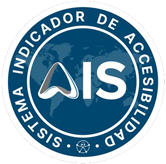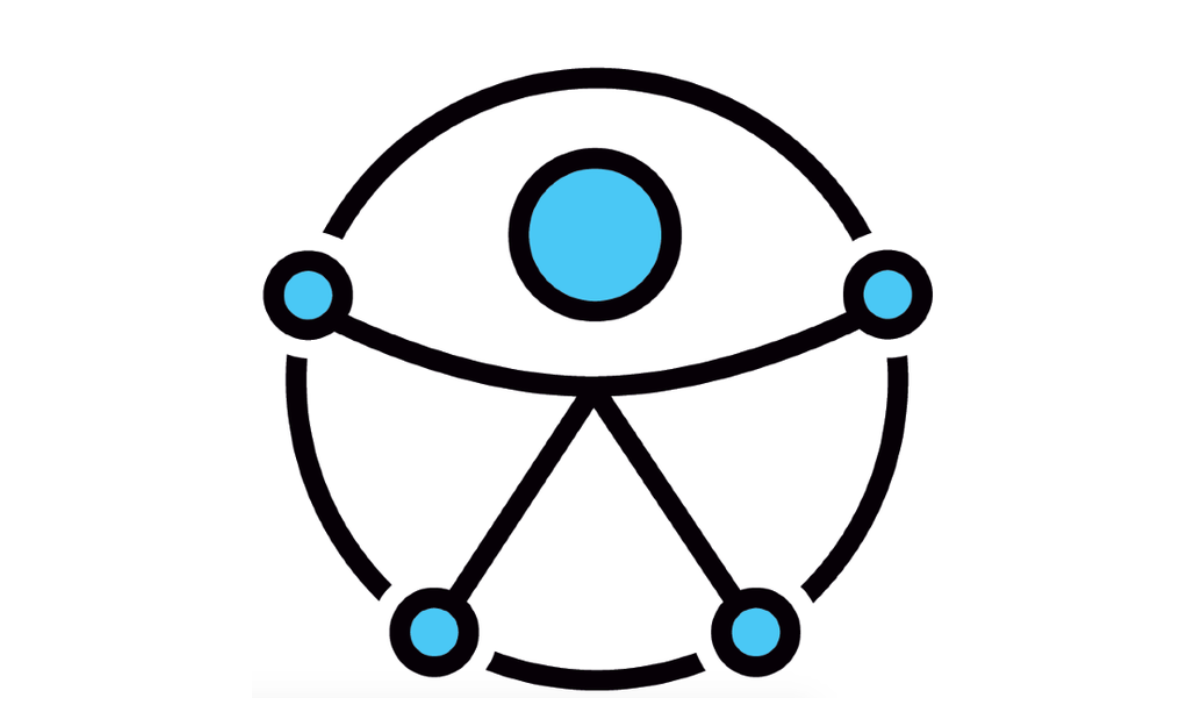When we talk about accessibility, we usually think of ramps, elevators or adapted signage. But the reality is much broader: an accessible service is one that can be received or provided by any person, with the greatest possible degree of autonomy.
And it’s not just about the user. It is also important that whoever provides the service – be it an individual or an organization – can do so without limitations.
Accessibility beyond the physical space
An environment may be technically adapted, but if the service experience fails, accessibility is incomplete. Imagine an airport: it may have accessible facilities, but if the screens do not provide clear information, or if accessing the aircraft requires external assistance, then the service is not really accessible.
Many services combine physical spaces, digital platforms and products. Therefore, accessibility must be addressed holistically.
AIS: 360º accessibility
In response to this need, AIS offers a unique solution: a system that evaluates and guarantees the accessibility of services from a 360º perspective. To this end, it has three complementary standards that allow a coherent assessment of all the environments involved in the provision of a service:
- AIS Standard 1/2023: Accessibility in physical spaces.
- AIS Standard 2/2023: Accessibility in digital environments.
- AIS Standard 3/2023: Accessibility in products.
This comprehensive approach allows companies, administrations and organizations to detect critical points, implement improvements and, above all, ensure an accessible end-to-end experience.

